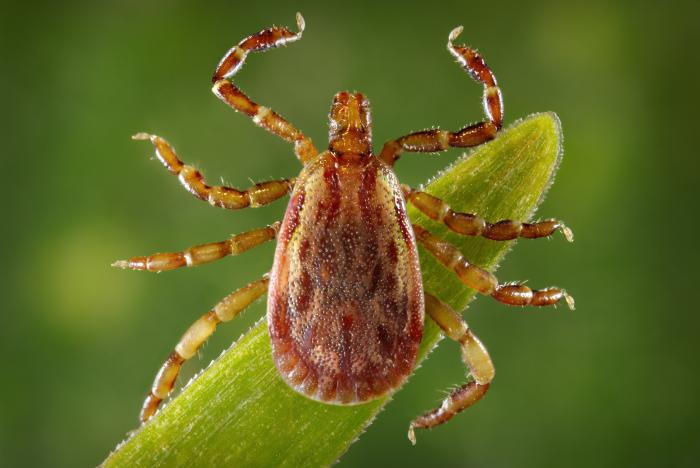 The monsoon season marks the tick season here in Arizona, and one of most important tick-borne disease threats in the state is Rocky Mountain spotted fever. The symptoms usually start with a fever of two or more days and can lead to a nasty “spotted” rash (although the rash is not always present in the cases seen in Arizona). Early treatment with the correct antibiotic is critical because delayed or untreated cases are often fatal.
The monsoon season marks the tick season here in Arizona, and one of most important tick-borne disease threats in the state is Rocky Mountain spotted fever. The symptoms usually start with a fever of two or more days and can lead to a nasty “spotted” rash (although the rash is not always present in the cases seen in Arizona). Early treatment with the correct antibiotic is critical because delayed or untreated cases are often fatal.
The hard part about this disease is that doctors need to use patient symptoms to diagnose the disease rather than wait for lab results – which can take weeks to complete. Public health officials and doctors have worked together to create special protocols in high-risk areas to make sure people who might have been exposed to ticks are treated correctly in order to prevent deaths caused by this disease.
You can take steps to protect yourself, your family, and your pets from Rocky Mountain spotted fever. Dogs should be treated with tick control products year-round, and pets and people should be checked for ticks after being in rural or wilderness areas. If ticks are found, they should be removed carefully with tweezers, grasping close to the skin’s surface and to the tick’s mouthparts, and pulling straight up without twisting or jerking. Weeds and grass should also be trimmed and any debris should be regularly removed to get rid of tick habitats. If ticks are found around homes, it might be necessary to treat the area with pesticides.









